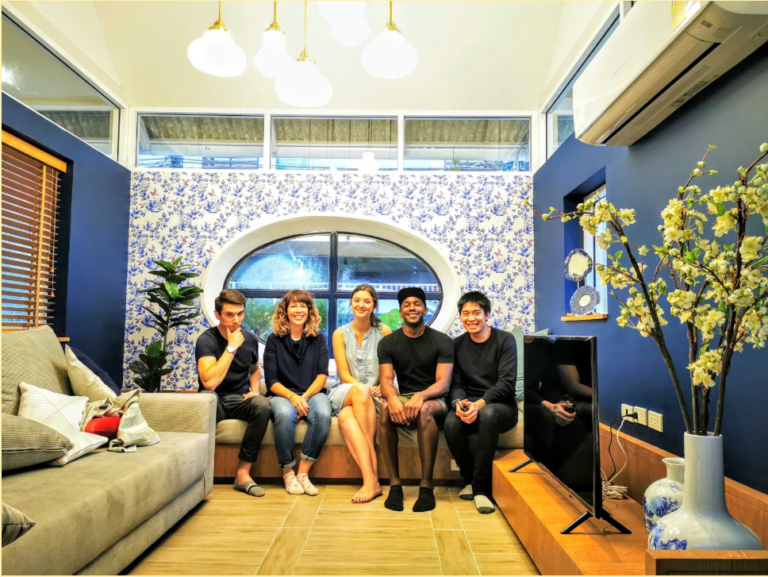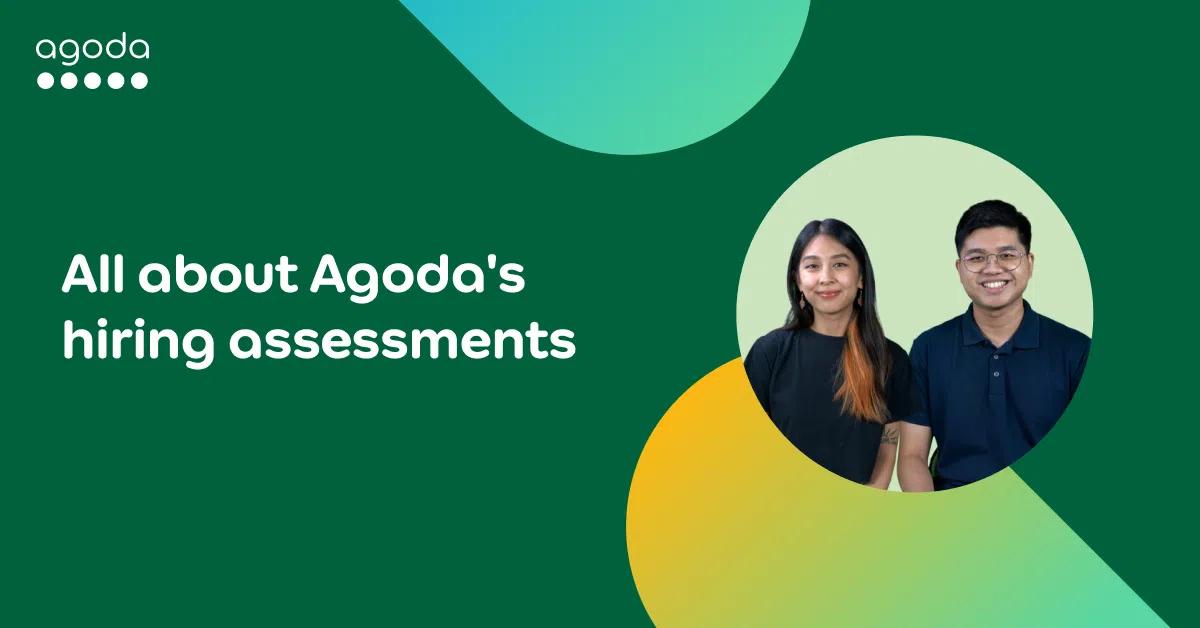As a researcher, I help stakeholders and the company understand the user and their needs. All research takes time. As a result, a big part of my role is figuring out what research will have the most impact and how to get it done in time…it’s about finding the big rocks, or what we call at Agoda the core opportunities!
Figure 1. The Big Rocks concept was popularized by Stephen Covey with a simple demonstration. The jar represents time or resources – if you fill the jar with the sand, there is no room for the big rocks. As a result, it is better to focus on the big rocks while eliminating/de-prioritizing less important tasks/projects.
Finding the big rocks
When I started at Agoda, we were just kicking off Agoda Homes. I was new to Agoda and started working with a large cross-functional team of designers, product managers, and engineers. As I started ramping up, it became clear that everyone had a different focus and they all were trying to answer a tonne of questions so they could move forward.
Instead of working individually with each stakeholder and taking on a lot of different projects, we took a week to step back and identify the most common and critical questions across the team (see below for the steps we took).
Figure 2. Three step approach – 1. Identify questions across team 2. Organize and vote on top questions 3. Plan research to address high priority questions.
When to use this approach
This approach is particularly useful when first joining a team or organization, or when working on large, complex products with a lot of stakeholders. It takes time to ramp up and this will give you the best exposure to understanding the team, the product you’re working on and get an overall sense of what the biggest priorities are.
Benefits of approach
The approach that we used has several advantages, which include:
Greater stakeholder understanding. By running meetings to collect, discuss and organize stakeholder questions, we’re able to quickly identify what keeps stakeholders up at night, their interaction styles, and what they expect from research.
Speedier and meatier meetings. The process captures and builds insights quickly. You reduce 1:1s and spend less time following up.
Collectively drives consensus. It’s a collaborative process – everyone is involved and everyone has a vote…which ensures the research we end up doing has impact.
Defines big (and small) rocks. There are hundreds of questions we could spend time researching. This method allows us to prioritize some over others. It allows us to combine questions when we conduct research to maximize our efforts and surface anything that we already know.
Quick wins. By understanding a broad range of questions, you can quickly surface insights that can help the team immediately (e.g. desk research, or past learnings).
Considerations before using this approach
Before moving ahead with this approach, consider the following:
It requires buy-in. This approach requires time/commitment from your stakeholders. This can be difficult if they are not invested or want quick answers. Be clear about the goals and why it’s important they are part of it.
Scheduling overhead. It can be difficult to find time for everyone to sync. To prevent delay, figure out which stakeholders to focus on first; and feel free to run smaller syncs.
Summary
In the end, the Big Rocks approach helped us tackle Agoda Homes with a high degree of structured collaboration (no easy feat for 8-10 teams), and allowed our team to focus on research that ultimately helped decide how to differentiate hosts and which markets to launch our new Agoda Homes product in.
The study we ran with 60 hosts in 2 different markets helped build an understanding of different hosts, their motivations and how to better position our product amongst growing competition. But more than that, it helped align stakeholders and build relationships that continue to be important for the ongoing work we do.
Monica Lees is Principal User Researcher Manager at Agoda. When she’s not doing research, she can be found exploring the city, taking photos, and traveling with her family. Join the User Research team, click here.






